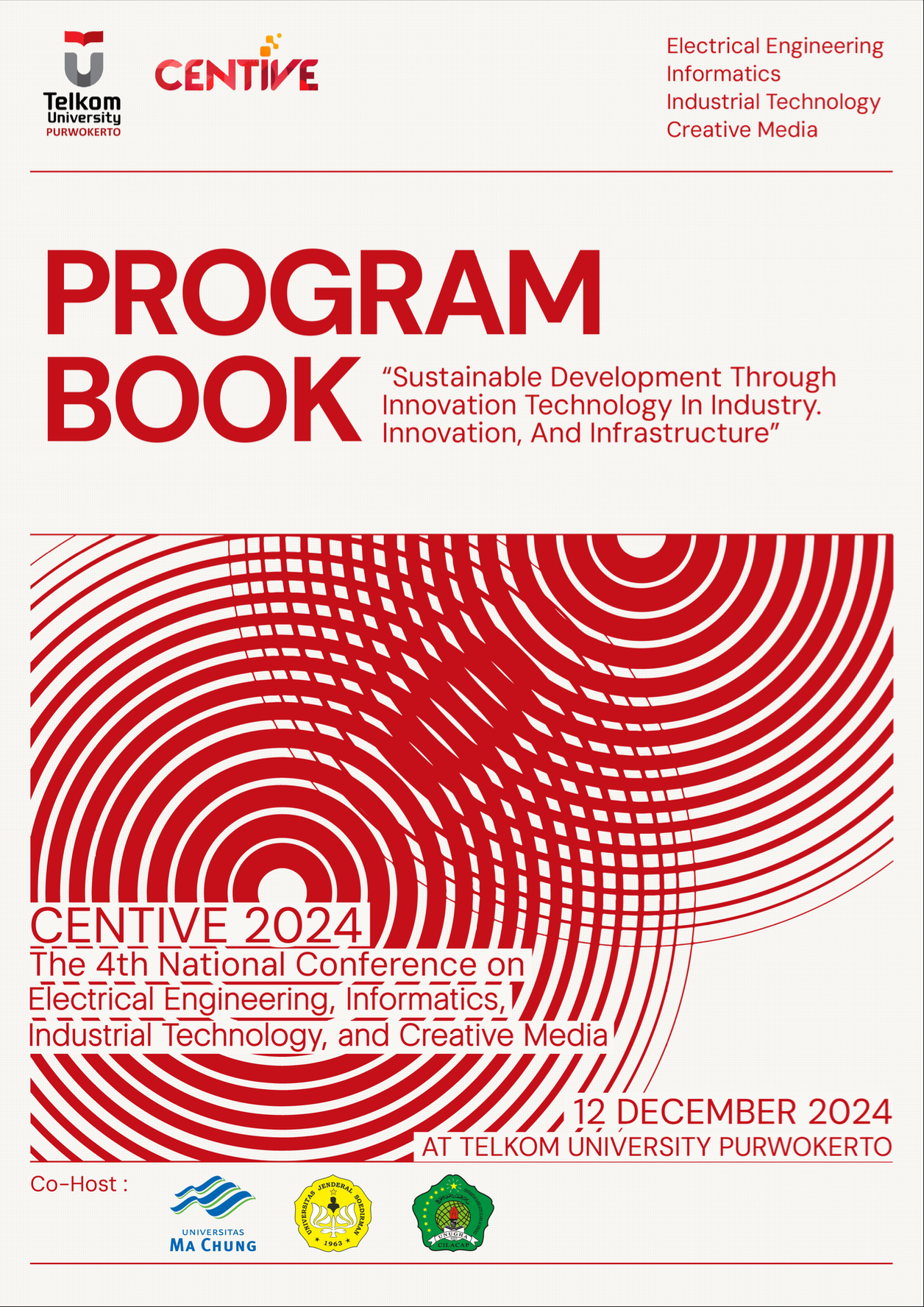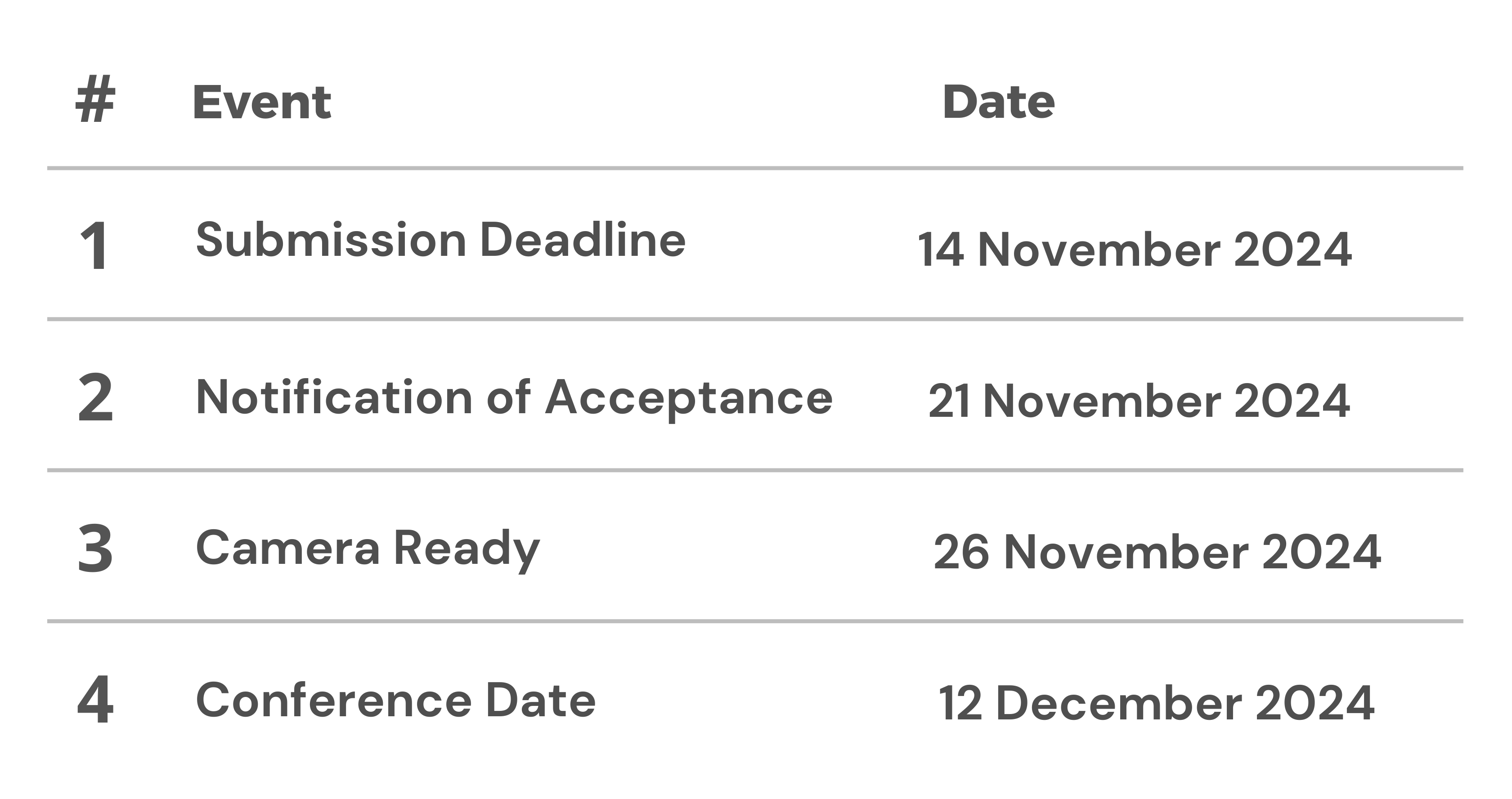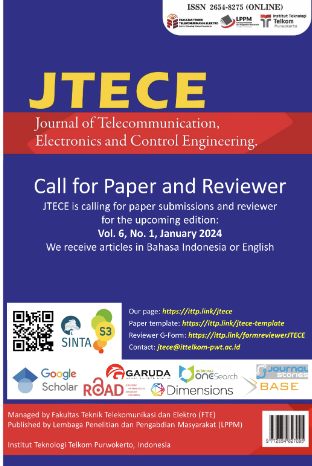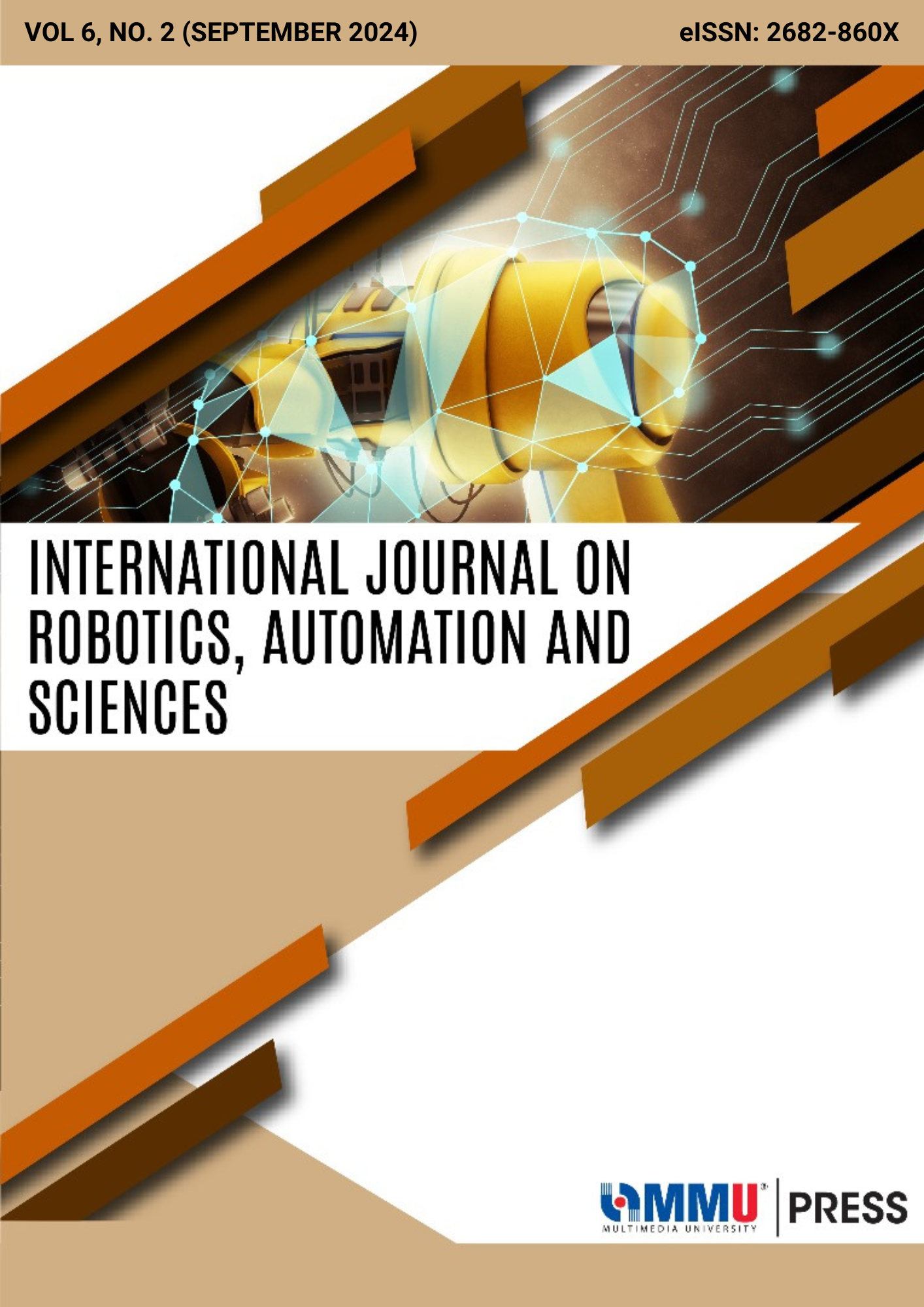When Optic Meet Haptic: Integrating Mid-Air Touch Controller in Online Retail
Abstract
Technological developments have penetrated almost all aspects, including the transformation of buying and selling activities. This development is felt to be increasingly significant since the COVID-19 pandemic, which requires everyone to limit direct interactions. This causes the e-commerce platform to become busy and more people use it. However, it is not uncommon for some buyers to feel unsure about the appearance of the product displayed, especially regarding the actual size of a product. This research tries to dig deeper into the influence of 2D and 3D displays combined with mid-air haptic technology on potential consumers' decision interest in purchasing a product. As part of our research, we conducted an experimental study on an e-commerce prototype. Subsequently, we followed up with interviews with the respondents to gather more insights and feedback. The results show that although using a mouse is more comfortable to use, there is a different user experience when using haptic technology in online shopping. The use of haptics also increases potential buyers' confidence in the goods.
Keywords: consumers’ decision, e-commerce, mid-air haptic, 2D, 3D
References
I. Bubanja and B. M. Vidas, “Managing trade transactions in the covid era: The rise of e-commerce,” Journal of Engineering Management and Competitiveness (JEMC), vol. 12, no. 1, pp. 20–34, 2022.
A. Risberg, “A systematic literature review on e-commerce logistics: Towards an e-commerce and omni-channel decision framework,” The International Review of Retail, Distribution and Consumer Research, vol. 33, no. 1, pp. 67–91, 2023.
S. Iglesias-Pradas and E. Acquila-Natale, “The Future of E-Commerce: Overview and Prospects of Multichannel and Omnichannel Retail,” Journal of Theoretical and Applied Electronic Commerce Research, vol. 18, no. 1, pp. 656–667, 2023.
E. Higueras-Castillo, F. J. Liébana-Cabanillas, and Á. F. Villarejo-Ramos, “Intention to use e-commerce vs physical shopping. Difference between consumers in the post-COVID era,” J Bus Res, vol. 157, p. 113622, 2023.
N. Ruusunen, H. Hallikainen, and T. Laukkanen, “Does imagination compensate for the need for touch in 360-virtual shopping?,” Int J Inf Manage, vol. 70, p. 102622, 2023.
A. Setiobudi, D. A. Anggraeni, T. Teofilus, and N. M. C. P. A. Sandy, “ANALISIS KEPERCAYAAN DAN PERSEPSI RISIKO PRODUK TERHADAP KEPUTUSAN PEMBELIAN ONLINE DI E-COMMERCE,” JBMI (Jurnal Bisnis, Manajemen, dan Informatika), vol. 19, no. 3, pp. 160–175, 2023.
H. Setiawan, I. A. Fatmala, and Y. Julita, “PENGARUH ONLINE CUSTOMER REVIEW, KEPERCAYAAN, HARGA, DAN RISIKO YANG DIRASAKAN TERHADAP MINAT BERBELANJA ONLINE DI PLATFORM E-COMMERCE,” Jurnal Ilmiah Bisnis dan Ekonomi Asia, vol. 17, no. 2, pp. 122–129, 2023.
U.-J. Yu and J. Park, “Consumers’ virtual product experiences and risk perceptions of product performance in the online co-design practice: A case of NIKEiD,” Fam Consum Sci Res J, vol. 43, no. 1, pp. 29–46, 2014.
R. Algharabat, A. Abdallah Alalwan, N. P. Rana, and Y. K. Dwivedi, “Three dimensional product presentation quality antecedents and their consequences for online retailers: The moderating role of virtual product experience,” Journal of Retailing and Consumer Services, vol. 36, no. February, pp. 203–217, 2017, doi: 10.1016/j.jretconser.2017.02.007.
Y. Liu, Z. Jiang, and H. C. Chan, “Touching products virtually: Facilitating consumer mental imagery with gesture control and visual presentation,” Journal of Management Information Systems, vol. 36, no. 3, pp. 823–854, 2019.
R. Rathee and P. Rajain, “Online shopping environments and consumer’s Need for Touch,” Journal of advances in management research, vol. 16, no. 5, pp. 814–826, 2019.
F. Kühn, M. Lichters, and N. Krey, “The touchy issue of produce: Need for touch in online grocery retailing,” J Bus Res, vol. 117, pp. 244–255, 2020.
M. Lichters, H. Müller, M. Sarstedt, and B. Vogt, “How durable are compromise effects?,” J Bus Res, vol. 69, no. 10, pp. 4056–4064, 2016.
F. Barbosa Escobar, O. Petit, and C. Velasco, “Virtual Terroir and the Premium Coffee Experience,” Frontiers in Psychology, vol. 12, no. March, pp. 1–24, 2021, doi: 10.3389/fpsyg.2021.586983.
Z. Jiang and I. Benbasat, “Virtual product experience: Effects of visual and functional control of products on perceived diagnosticity and flow in electronic shopping,” Journal of Management Information Systems, vol. 21, no. 3, pp. 111–147, 2004.
R. Algharabat, A. A. Alalwan, N. P. Rana, and Y. K. Dwivedi, “Three dimensional product presentation quality antecedents and their consequences for online retailers: The moderating role of virtual product experience,” Journal of Retailing and Consumer Services, vol. 36, pp. 203–217, 2017.
O. Georgiou, W. Frier, and O. Schneider, “User experience and mid-air haptics: Applications, methods, and challenges,” Ultrasound Mid-Air Haptics for Touchless Interfaces, pp. 21–69, 2022.
S. Biswas and Y. Visell, “Haptic Perception, Mechanics, and Material Technologies for Virtual Reality,” Advanced Functional Materials, vol. 31, no. 39, pp. 1–16, 2021, doi: 10.1002/adfm.202008186.
T.-S. Dalsgaard, J. Bergström, M. Obrist, and K. Hornbæk, “A user-derived mapping for mid-air haptic experiences,” International Journal of Human-Computer Studies, vol. 168, p. 102920, 2022.
T. Howard, M. Marchal, A. Lécuyer, and C. Pacchierotti, “PUMAH: pan-tilt ultrasound mid-air haptics for larger interaction workspace in virtual reality,” IEEE transactions on haptics, vol. 13, no. 1, pp. 38–44, 2019.
P. Ramsamy, A. Haffegee, R. Jamieson, and V. Alexandrov, “Using haptics to improve immersion in virtual environments,” in Computational Science--ICCS 2006: 6th International Conference, Reading, UK, May 28-31, 2006. Proceedings, Part II 6, 2006, pp. 603–609.
Y. Mulyati and G. Gesitera, “Pengaruh Online Customer Review terhadap Purchase Intention dengan Trust sebagai Intervening pada Toko Online Bukalapak di Kota Padang,” Jurnal Maksipreneur: Manajemen, Koperasi, dan Entrepreneurship, vol. 9, no. 2, p. 173, 2020, doi: 10.30588/jmp.v9i2.538.
J. Shao, Z. Li, and M. Hu, “The impact of online reviews on consumers’ purchase decisions in online shopping,” in 2014 International Conference on Management Science & Engineering 21th Annual Conference Proceedings, 2014, pp. 287–293.
B. Givan, R. Wirawan, D. Andriawan, N. Aisyah, A. Asep, and A. S. Putra, “Effect of Ease And Trustworthiness To Use E-Commerce for Purchasing Goods Online,” International Journal of Educational Research and Social Sciences (IJERSC), vol. 2, no. 2, pp. 277–282, May 2021, doi: 10.51601/IJERSC.V2I2.74.
C. T. Vi, D. Ablart, E. Gatti, C. Velasco, and M. Obrist, “Not just seeing, but also feeling art: Mid-air haptic experiences integrated in a multisensory art exhibition,” International Journal of Human-Computer Studies, vol. 108, pp. 1–14, 2017.
T. Sasaki, R. S. Hartanto, K.-H. Liu, K. Tsuchiya, A. Hiyama, and M. Inami, “Leviopole: mid-air haptic interactions using multirotor,” in ACM SIGGRAPH 2018 Emerging Technologies, 2018, pp. 1–2.
S. R. Billewar et al., “The rise of 3D E-Commerce: the online shopping gets real with virtual reality and augmented reality during COVID-19,” World Journal of Engineering, vol. 19, no. 2, pp. 244–253, 2022.
P. Valente et al., “Beyond Browser Online Shopping: Experience Attitude Towards Online 3D Shopping with Conversational Agents,” in IFIP Conference on Human-Computer Interaction, 2023, pp. 257–276.













